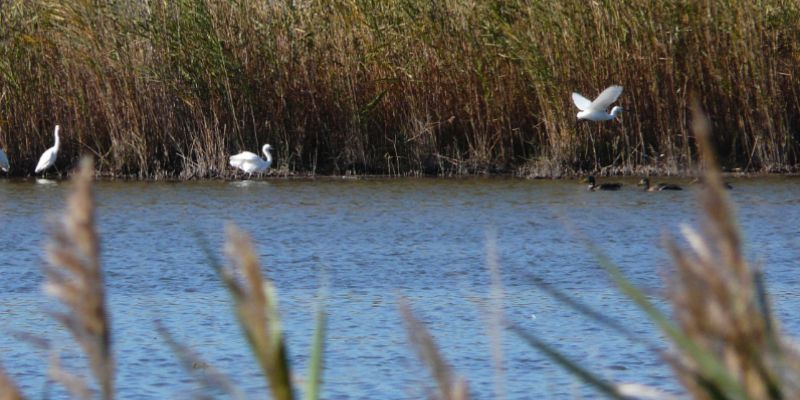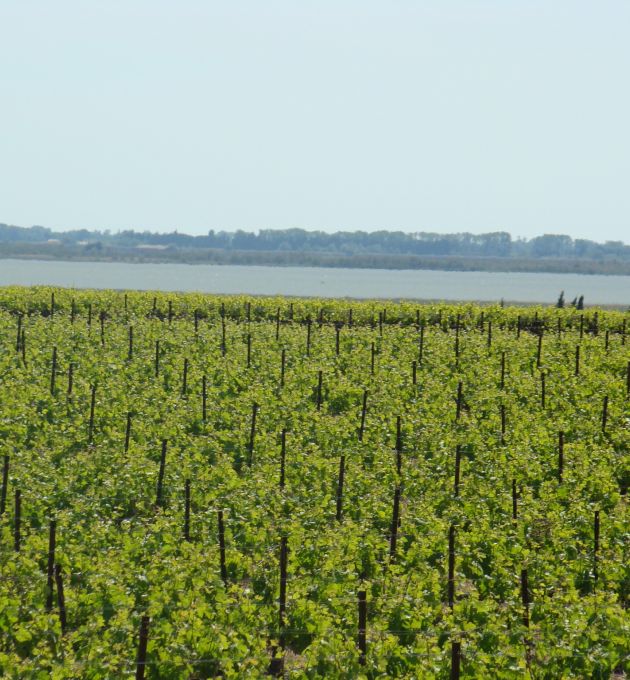
The Rhône-Sète Canal is the natural articulation of the territory.
The Rhone-Sète Canal
Formerly called the Beaucaire Canal , it is the link between the wetlands and the Costières and crosses our territory from east to west, from the Rhône to the Canal du Midi . Built at the end of the 19th century despite the interruptions and the hostility of the inhabitants towards it, this canal has a preponderant place on our territory.
The Gallician marina

Located on the Rhône-Sète canal, the Gallician marina welcomes boaters all year round.
This small hamlet will provide you with everything you need, shops, restaurants, local house. It is also an important crossroads for hiking and cycling routes .
In addition, you will be only 5 km from the Regional Nature Reserve , easily accessible by bike and which you will reach by crossing the largest reed bed in southern Europe .




